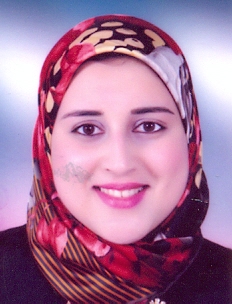
|
Trueness and Tissue Surface Adaptation of Digital versus Conventional Mandibular Implant Assisted Complete Overdenture
|
|
|
1.Dr. Nour Elhouda Ibrahim 2. Prof Faten Abutaleb 3. Prof Azza Alsegaa
|
|
|
1 .Prosthodontic demonstrator 2.3 prof of prosthodontics Faculty of Dentistry
|
|
|
nourelhouda_ibrahim@dent.tanta.edu.eg
|
|
|
1450
|
|
|
Purpose. Evaluation of trueness and tissue surface adaptation of digital versus conventional mandibular implant assisted complete overdenture (IACO).
Materials and methods. Two implants were installed in the inter foraminal region of an epoxy resin model which was scanned and saved as a Standard Tessellation Language (STL) file. The reference model with the implants was duplicated into twenty-stone models. All models were scanned and the STL files were saved for digitally designed twenty IACOs. Half of them were fabricated by three dimensions (3D) printing technology and the other half were fabricated by the conventional pack and press technique. To evaluate the trueness all IACOs were scanned and superimposed to the STL files of the original design by digital software. By using the same software, the gap between the intaglio surface of the scanned IACOs and the reference model were measured to evaluate the tissue surface adaptation.
Results. The statistical analysis revealed a highly significant difference between the two groups with less mean deviation value of the digital group with p-value of 0.000**. There is a significant difference between the two groups with p-value0.035* at the implant region in the digital group and a significant difference in the overall adaptation between the two groups with less mean deviation value of the digital group with p-value of 0.041*.
Conclusion. The digital group has better trueness and adaptation than the conventional group. Despite the gap at the implant area in the digital group, the overall fit of the digital group is better.
|
|
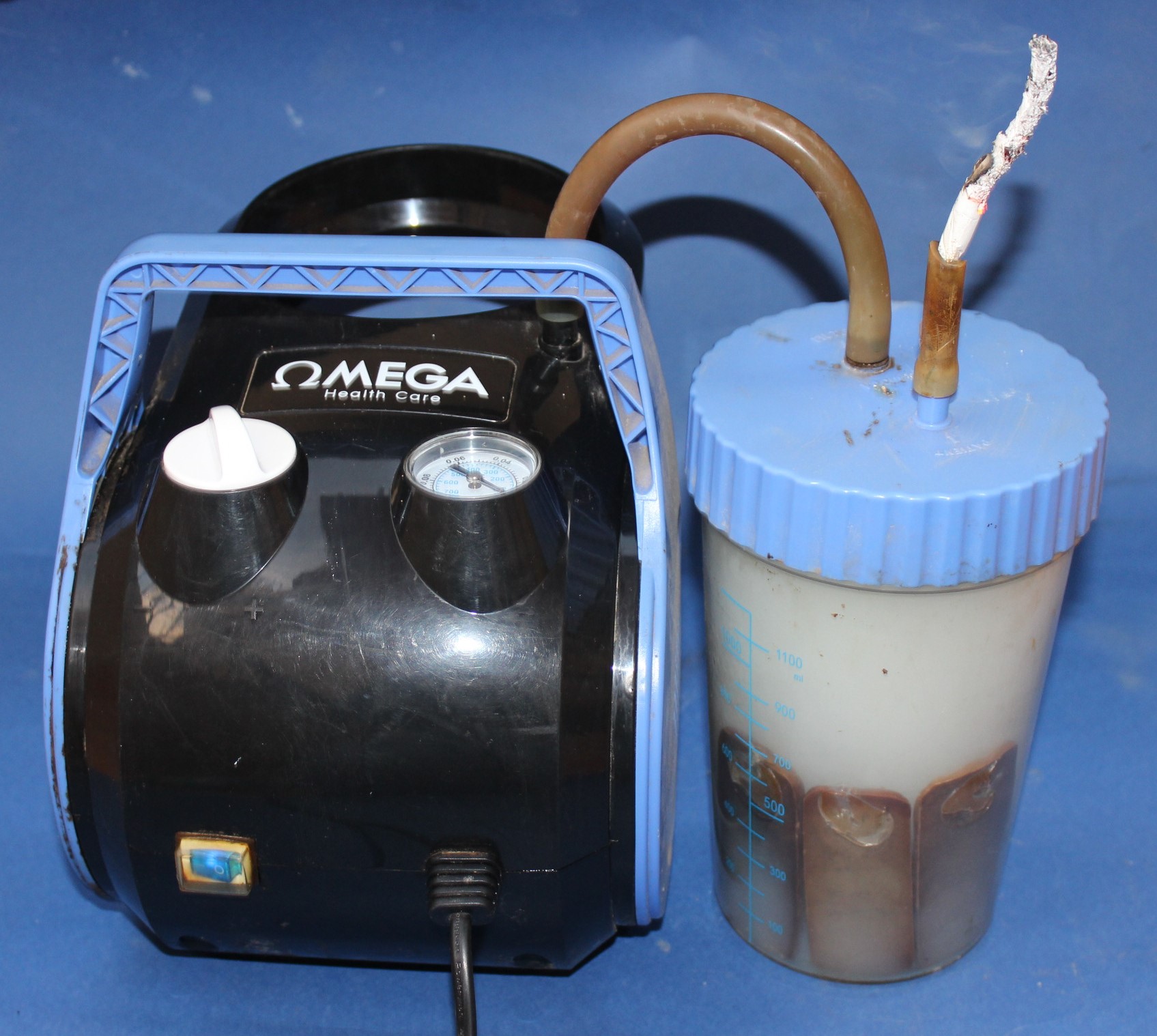
|
Reliability of In-vitro Simulation Mediums to In-vivo Study in Prosthodontics: Chromatic Stability of Heat- Cure Acrylic Resin Denture Bases
|
|
|
Noha Mamdouh Hamed Elkafoury, Safa’a Alsayed Asal , Ahmed Mohamed Alam-Eldein
|
|
|
Prosthodontic Department, Faculty of Dentistry, Tanta University
|
|
|
nohaelkafoury@dent.tanta.edu.eg
|
|
|
1583
|
|
|
Objectives: The purpose of this research was to study the reliability of simulation mediums used in the in-vitro study- evaluating color stability of heat cure acrylics resin-to that of the in-vivo study.
Methods: In-vivo study; 30 completely edentulous smoker patients drink coffee and roselle. Each patient received a heat cure acrylic resin denture; Group (I), patient was instructed to brush the denture once daily using soft toothbrush and water for three months, Group (II), the denture was repolished, and the patient was instructed for denture cleaning using water only for the following three months. For In vitro study; 120 heat cure acrylic resin disk samples, all were exposed to coffee, roselle, and cigarette smoke for a simulation period representing three months: half of samples were immersed in simulation mediums continuously without artificial saliva Group (A), the other half was exposed to simulation mediums and artificial saliva in a term of cycle repeated daily Group (B), each half was subdivided into two subgroups, one subgroup was brushed with soft toothbrush under water (A2, B2) while the other subgroup was rinsed with water (A1, B1). Color measurement was conducted by portable spectrophotometer.
Results: For in-vivo study; Group (I) showed statically significant lower color change than Group (II). For in-vitro study; the highest color change was reported for Subgroup (A1) followed by Subgroups (A2, B1, B2) in order. The difference between in-vivo Groups (I &II) and in-vitro Subgroups (A1, A2 &B1) was statistically significant. Non-significant difference was found between in-vivo Group (I) and in-vitro Subgroups (B2).
Conclusion: The most reliable in-vitro method to simulate the in-vivo situation was the one employing artificial saliva, brushing, and different simulation mediums together in term of a cycle repeated daily.
|
|
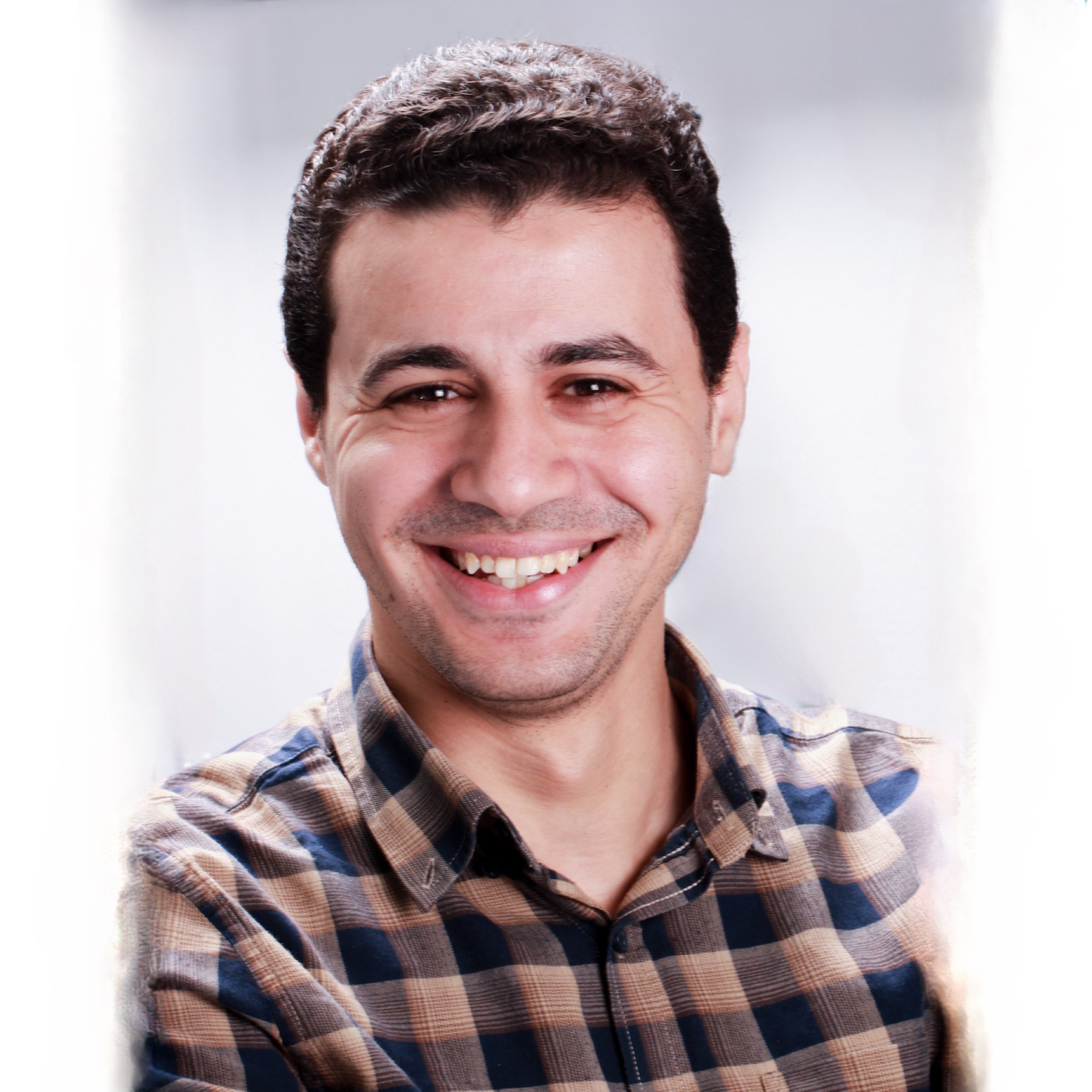
|
Concentrated Growth Factors Versus Platelet Rich Fibrin in the Treatment of Intrabony Defects in Chronic Periodontitis
|
|
|
Amr A. Ellithy1, Amal A. El-Hessy2, Ebtesam A. El-Zefzaf2
|
|
|
1 Assistant Lecturer at Oral Medicine, Periodontology, 2 Professors of Oral Medicine, Periodontology, Oral Diagnosis and Radiology Department
|
|
|
amr.yousef@dent.tanta.edu.eg
|
|
|
1584
|
|
|
Background: The ultimate goal of periodontal therapy is the regeneration of destructed periodontal
tissues. There is a variety of treatment modalities available for periodontal regenerative therapy. There was little information about the role of platelet rich fibrin (PRF) and concentrated growth factors (CGF) to enhance regeneration.
Objectives: The aim of this study was to evaluate and compare clinically and radiographically by cone beam computed tomography (CBCT) the effect of (CGF) versus (PRF) both combined with(β-TCP+HA) in the treatment of intra-bony defects (ID) in patients with chronic periodontitis.
Materials and Methods: Twenty sites in patients diagnosed with moderate to severe chronic periodontitis based on clinical and periapical radiographic evaluation. A randomized controlled trial (RCT) was carried in the selected patients who fulfilled the inclusion criteria. After one month following phase І therapy sites were randomly classified to be treated with either CGF+(β-TCP+HA) in group І or PRF+(β-TCP+HA) in group ІІ. The following clinical parameters Plaque Index (PI), Bleeding on Probing (BOP), Probing Pocket Depth (PPD) and Clinical Attachment Level (CAL) were recorded at baseline, 3 and 6 months after surgery. Radiographic evaluation by Cone Beam Computed Tomography (CBCT) was performed at baseline and 6 months postsurgical.
Results: Both groups showed statistically high significant improvement in all clinical parameters after 3 and 6 months postsurgical compared to baseline. Group І showed statistically significant reduction in PPD at 3 and 6 months postsurgical when compared to Group ІІ. Statistically significant improvement in CAL gain at 3 and 6 months postsurgical when compared group І to group ІІ. Radiographic assessment by CBCT analysis showed significant improvement in bone gain and bone density in both groups.
Conclusion: Both treatment modalities resulted in clinical improvement as well as radiographic evidence of bone regeneration and used successfully in the treatment of patients suffering from moderate to severe chronic periodontitis.
|
|

|
Diode Laser In The Treatment Of Chronic Periodontitis In Diabetic Patients
|
|
|
Banan Lotfy amer, Amal abdelrahim El-Hessy, Ebtesam abdelkhalik ElZefzaf and Enas arafa ElZamarany
|
|
|
Assistant Lecturer at Oral Medicine, Periodontology, Oral Diagnosis and Radiology Department Tanta University ** Professors of Oral Medicine, Periodontology, Oral Diagnosis and Radiology Department Faculty of Dentistry, Tanta University *** Professor of Clinical Pathology Faculty of Medicine Tanta University
|
|
|
Banan_lotfy@dent.tanta.edu.eg
|
|
|
1587
|
|
|
Background: Applying lasers as an adjunctive to mechanical treatment had a great run in the treatment of chronic periodontitis (CP). Among laser applications, low-level laser therapy (LLLT) is recommended for its pain-reducing, wound-healing and anti-inflammatory effects.
Objective: The aim of the study was to assess the effect of diode laser as adjunct to SRP in management of CP in type ІІ diabetic patients.
Material and methods: Twenty sites in type ІІ diabetic patients with moderate CP were selected and randomly divided into two groups. Group І ten sites received only SRP; group II ten sites received SRP + LLLT. Plaque index (PI), bleeding on probing (BOP), probing pocket depth (PPD), and clinical attachment level (CAL) were recorded at baseline, 3 and 6 months after treatment. Gingival crevicular fluid (GCF) samples were collected and analyzed using ELISA test for quantative measurements of MMP-9.
Results: The results showed significant improvement in the mean PI, BOP, PPD, and CAL gain for the two groups at 3 and 6 months as compared to baseline value. While group II showed better reduction in the mean PI at 3 and 6 months and at 3 months for BOP. Moreover, results showed more reduction in the mean PPD and CAL at group II than group I. ELISA demonstrated significant improvement in MMP-9 levels till 6 month regarding both groups with no significant difference between them at all study period.
Conclusion: Both treatment modalities resulted in significant clinical improvement without a clear superiority of one procedure.
|
|

|
Evaluation of Gelatin/Beta-Tricalcium Phosphate Sponges with or without Concentrated Growth Factor in Localized Class II Gingival Recession
|
|
|
Saleh .S1,Darwish.S2,Saudi .H3,El-Shamy.E4,Shoukeeba .M5
|
|
|
1: Assistant Lecturer of Oral Medicine, Periodontology, Oral Diagnosis & Oral RadiologyFaculty of Dentistry-Tanta University 2: Professor Emeritus of Oral Medicine, Periodontology,Oral Diagnosis & Oral RadiologyFaculty of Dentistry-Tanta University 3: Professor of Oral Medicine,Periodontology,Oral Diagnosis & Oral Radiology Faculty of Dentistry-Tanta University 4: Professor Emeritus of Oral PathologyFaculty of Dentistry-Tanta University 5: Assistant Professor of Oral Medicine, Periodontology, Oral Diagnosis & Oral Radiology Faculty of Dentistry-Tanta University
|
|
|
safinaz.saeed@tanta.edu.eg
|
|
|
1592
|
|
|
Abstract
Purpose: The aim of this study was to compare, clinically radiographically, and histomorphometrically the effectiveness of gelatin sponge loaded with β-tricalcium phosphate with or without concentrated growth factor (Groups I &III) versus collagen with concentrated growth factor (Group II) in Miller class II gingival recession.
Materials and Methods: twenty-one sites in 11 patients were allocated randomly to be treated with gelatin sponge loaded with β-tricalcium phosphate with or without concentrated growth factor and collagen with concentrated growth factor. At baseline, 3, 6 and 12 months, the following parameters were recorded: recession depth, recession width, pocket depth, clinical attachment level, the height of keratinized gingiva, gingival thickness, percentage of root coverage, and digital measurement. The experimental part of the current study included 3Egyptian Baladi dogs which were euthanized after 12 weeks, and samples were collected for histological and histomorphometric analysis.
Results: All groups showed significant improvement in all clinical parameters and labial bone gain was observed after 12 months compared to baseline measures. Groups II &III showed a statistically significant improvement as compared to group I. while radiographically the differences in the amount of labial bone gain and volume between groups were not statistically significant. However, there was more bone gain in group III as compared to group II and both showed better results than group I. histomorphometrically , a significant increase in the percentage of new bone in group III, followed by group II then I, with the least bone formation in control group
Conclusion: The results of the present study indicated that, all groups led to favorable outcomes with superior clinical results in group II and radiographic results in group III .
|
|

|
Evaluation of Fresh Demineralized Dentin Graft with or without Concentrated Growth Factor in Guided Bone Regeneration around Dental Implant
|
|
|
El-Ghayesh.A1,El-Hessy.A2,Abd El-Razzak .M3
|
|
|
1: Assistant Lecturer of Oral Medicine, Periodontology,Oral Diagnosis & Oral RadiologyFaculty of Dentistry-Tanta University 2: Professor Emeritus of Oral Medicine, Periodontology,Oral Diagnosis & Oral RadiologyFaculty of Dentistry-Tanta University 3: Professor Emeritus of Oral Medicine, Periodontology,Oral Diagnosis & Oral RadiologyFaculty of Dentistry-Tanta University
|
|
|
ahmedelghaysh@dent.tanta.edu.eg
|
|
|
1593
|
|
|
purpose: The aim of this study was to compare, clinically and radiographically, the effectiveness of autologous demineralized dentin graft with or without concentrated growth factor versus freezed dried allograft with concentrated growth factor around immediate-delayed implant in socket type II .
Materials and Methods: Twenty four sites of periodontally hopeless single rooted teeth in 9 patients were allocated randomly to be treated with autologous demineralized dentin graft, freezed dried allograft with concentrated growth factor and autologous demineralized dentin graft with concentrated growth factor. At time of crown placement after six, nine and twelve months probing pocket depth and bleeding on probing around implant were assessed. Radiographically, facial bone thickness and bone density by using standardized cone beam computed tomography, at nine and twelve months later.
Results: Regarding clinical parameters, all groups showed non-significant difference as compared to baseline measures. Upon comparing the groups in terms of pocket depth and bleeding on probing, also there was non-significant difference. Radiographic analysis by Cone Beam Computed Tomography showed a significant reduction in facial bone thickness in all groups at 9 &12 months as compared to thickness immediately after implant placement.. Regarding bone density, the results showed significant increase in bone density in all groups
Conclusion: The combined treatment of concentrated growth factor with autologous demineralized dentin graft showed the best results, however non-significant difference was noted radiographically when compared with autologous demineralized dentin graft alone or freezed dried allograft with concentrated growth factor.
|
|

|
The effect of titanium dioxide nanoparticles with or without platelet rich plasma on the healing of mandibular bony defects in rabbits
|
|
|
Maha H. Ibrahima , Omaima H. Afifia , Shoukria M. Ghoneimb, Doaa A. Youssefa
|
|
|
Tanta university
|
|
|
maha.hassan@dent.tanta.edu.eg
|
|
|
1595
|
|
|
Objectives
This experimental study was designed to evaluate the effect of titanium dioxide
nanoparticles (TiO2
NPs) alone or in combination with platelet rich plasma (PRP) on the healing
of experimentally created critical‑size bony defects in the rabbit’s mandible histologically,
immunohistochemically using matrix metalloproteinase-9 and vascular endothelial growth
factor antibodies and histomorphometrically.
Materials and methods
Sixteen rabbits were included in the study, where three identical critical-size circular bony
defects, two in the right side and one in the left side of the mandible of each rabbit, were
created; group I: comprises 16 intraosseous defects (the mesial defect in the right side of the
mandible of each rabbit) with no filler, group II: comprises 16 intraosseous defects (the distal
defect in the right side of the mandible of each rabbit) filled with TiO2
NPs powder mixed with
saline, group III: comprises 16 intraosseous defects (the defect in the left side of the mandible
of each rabbit) filled with TiO2
NPs powder mixed with PRP. Samples were collected from the
surgical sites of the experimental defects at 2 and 6 weeks.
Results
Histologically and histomorphometrically: the amount of newly formed bone was superior and
significant in group III when compared with group II and group I at 2 and 6 weeks interval.
Immunohistochemically group III showed superior and statistically significant increase in
the vascular endothelial growth factor expression levels and matrix metalloproteinase-9
immunolabeling when compared with group II and group I.
Conclusion
TiO2
NPs can be considered a promising material for bone regeneration alone or when
combined with PRP.
|
|
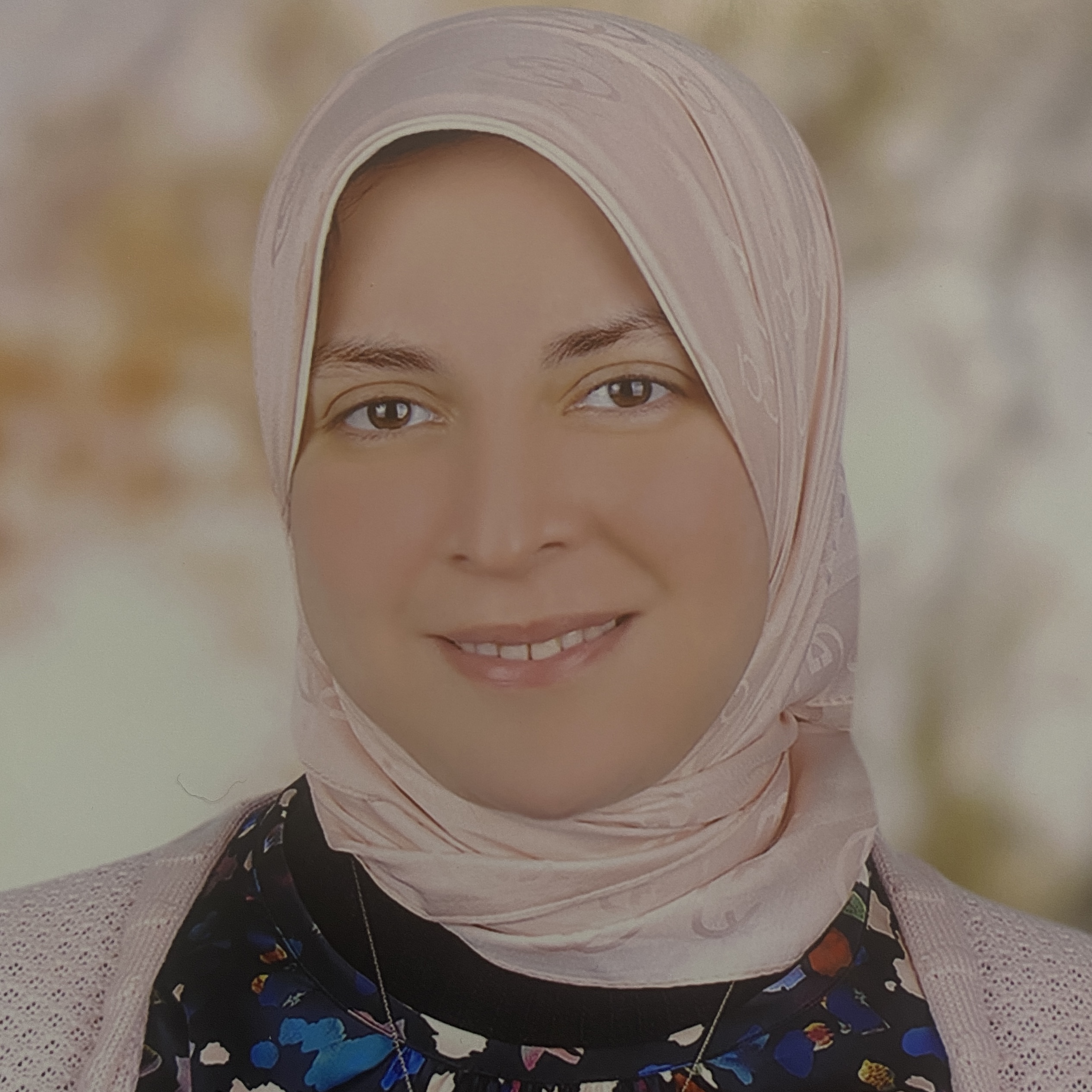
|
Diode Laser in the Treatment of Chronic Periodontitis in Diabetic Patients
|
|
|
Amer BL1, El-Hessy AA2, El-Zefzaf EA2, El-ZamaranyEA3
|
|
|
Assistant Lecturer at Oral Medicine, Periodontology, Oral Diagnosis and Radiology Department Tanta University 2 Professors of Oral Medicine, Periodontology, Oral Diagnosis and Radiology Department Faculty of Dentistry, Tanta University 3 Professor of Clinical Pathology Faculty of Medicine Tanta University
|
|
|
Banan_lotfy@dent.tanta.edu.eg
|
|
|
1608
|
|
|
Background: Applying lasers as an adjunctive to mechanical treatment had a great run in the treatment of chronic periodontitis (CP). Among laser applications, low-level laser therapy (LLLT) is recommended for its pain- reducing, wound-healing and anti-inflammatory effects.
Purpose: The aim of the study was to assess the effect of diode laser as adjunct to SRP in management of CP in type ІІ diabetic patients.
Material and methods: Twenty sites in type ІІ diabetic patients with moderate CP were selected and randomly divided into two groups. Group І ten sites received only SRP; group II ten sites received SRP + LLLT. Plaque index (PI), bleeding on probing (BOP), probing pocket depth (PPD), and clinical attachment level (CAL) were recorded at baseline, 3 and 6 months after treatment. Gingival crevicular fluid (GCF) samples were collected and analyzed using ELISA test for quantative measurements of MMP-9.
Results: The results showed significant improvement in the mean PI, BOP, PPD, and CAL gain for the two groups at 3 and 6 months as compared to baseline value. While group II showed better reduction in the mean PI at 3 and 6 months and at 3 months for BOP. Moreover, results showed more reduction in the mean PPD and CAL at group II than group I. ELISA demonstrated significant improvement in MMP-9 levels till 6 month regarding both groups with no significant difference between them at all study period.
Conclusion: Both treatment modalities resulted in significant clinical improvement without a clear superiority of one procedure.
|
|
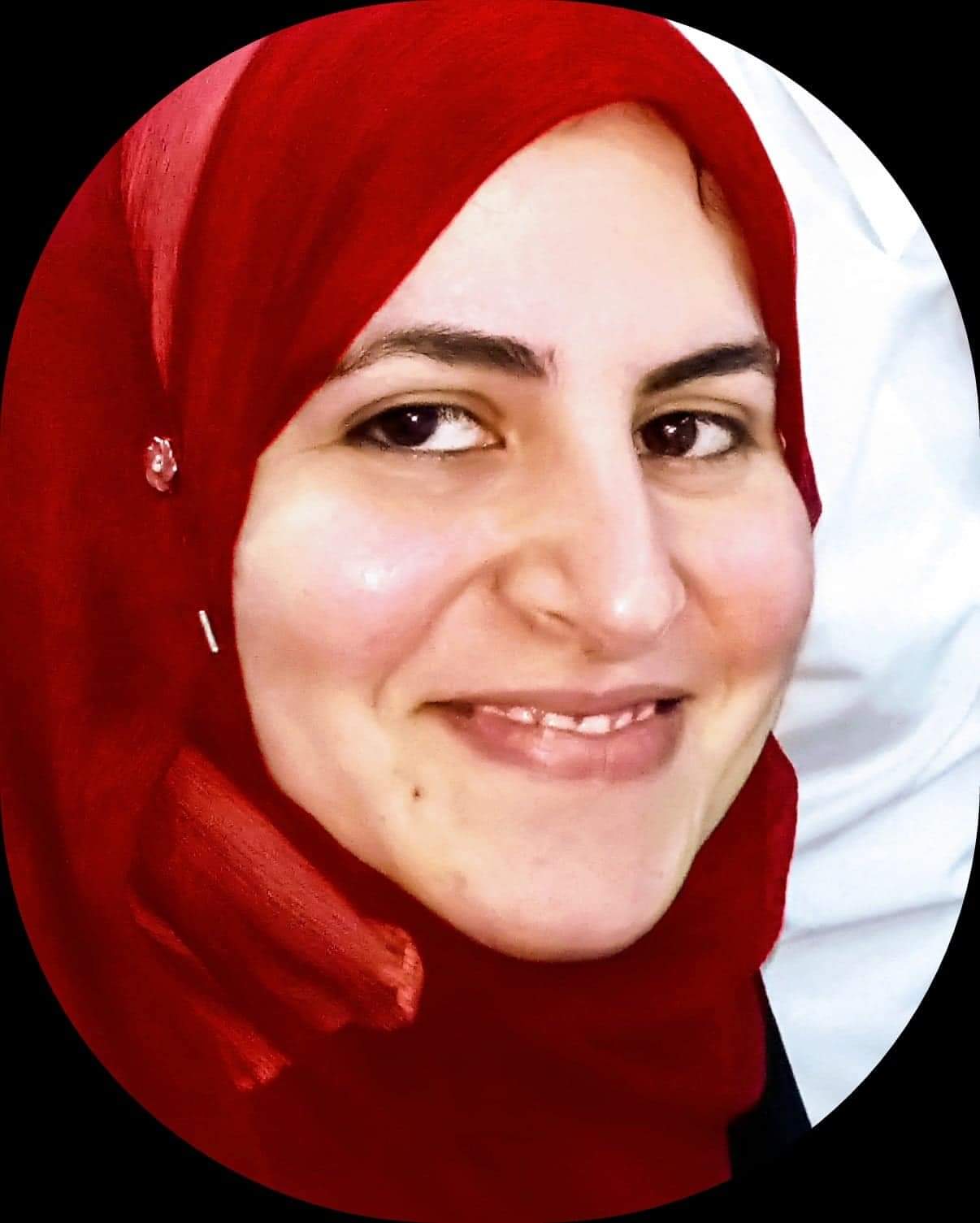
|
Evaluation of Matrix Based Therapy using ReGeneraTing Agents loaded on Gelatin /Beta Tricalcium Phosphate Sponge for the Treatment of Class II Furcation Defects.
|
|
|
Mona A EL-Meligy, Amal A Al-Hessy, Mona Y Abd EL-Razzak
|
|
|
Assistant lecturer at department of Oral Medicine, Periodontology, Oral Diagnosis and Oral Radiology Faculty of Dentistry, Tanta University, Egypt. Professors at department of Oral Medicine, Periodontology, Oral Diagnosis and Oral Radiology Faculty of Dentistry, Tanta University, Egypt.
|
|
|
Mona.elmeligy@dent.tanta.edu.eg
|
|
|
1610
|
|
|
Objectives: Evaluate the efficacy of gelatin sponge loaded with beta-tricalcium phosphate with or without ReGeneraTing agent (RGTA®), clinically and radiographically in the treatment of mandibular class II furcation defects in advanced periodontitis. Materials and Methods: Twenty sites in 8 patients with mandibular class II furcation involvement were selected according to the criteria outlined by presence of class II furcation defects with ≥3 mm horizontal probing depth, clinical attachment level (CAL) ≥ 5 mm.The defects were treated either with RGTA® loaded on gelatin /β tri-calcium phosphate sponge or placebo loaded on gelatin / β tri-calcium phosphate sponge (gelatin sponge/β-TCP) in two groups (group I& group II) that blindly received one of the treatment modalities. The clinical parameters were recorded: Plaque Index (PI) pocket depth (PD), clinical attachment level (CAL) and bleeding on probing (BOP) at baseline, 6 &12 months post therapy and furcation assessment (F) at baseline & 12 months post therapy. Cone beam computed tomography (CBCT) was taken at baseline & 12 months post-surgery. The collected data was statistically analyzed at the different follow up periods. Clinical results: The results showed significant reduction in all clinical parameters in both groups without significant differences. Using CBCT, the radiographic parameters showed significant reduction in both groups with no significant difference between groups. However, the improvements were in favor of group I. It was claimed that the bottles were labelled group I contained RGTA® solution while the other bottles contained placebo solution Conclusions: Based on the results, the combination of RGTA® with gelatin sponge/β-TCP applied into the furcation as a regenerative material had a potentiating effect of the clinical and radiographic outcomes.
|
|
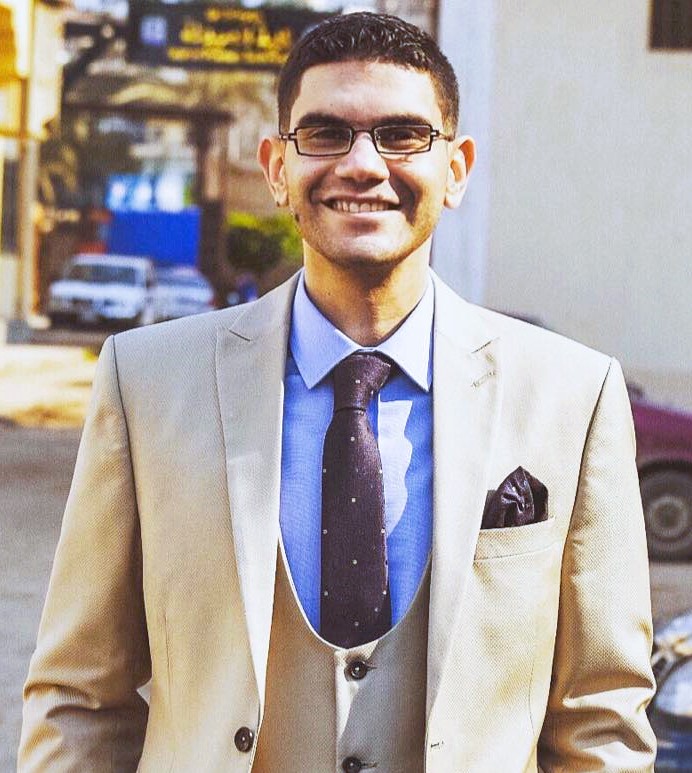
|
Effect of Different Angulations of Distal Implants in All-on-Four Concept on Stress Transmitted by Fixed Detachable Prosthesis
|
|
|
Eslam Abdelwahab Dawood*, Fadel Elsaid Abdelfattah**, Nahed Ahmed kashef**
|
|
|
* Assistant Lecturer, Prosthodontic Department, Faculty of Dentistry, Tanta University. ** Professor of Prosthodontics, Faculty of Dentistry, Tanta University
|
|
|
eslam_dawood@dent.tanta.edu.eg
|
|
|
1674
|
|
|
Background: Satisfying a completely edentulous patient is always considered a difficult task, especially in atrophic maxilla and mandible. Various treatment options are available including using dental implants in the All-on-4® concept which was developed to maximize the use of available remnant bone in atrophic jaws. Thus, allowing immediate function and avoiding regenerative procedures that increase the treatment costs and patient morbidity, as well as the complications inherent to these procedures. In this study different tilt was done for posterior implant in both groups to measure the effect of increasing implant angulation for both anterior and posterior implants.
Methods: For this study, two standardized maxillary epoxy models were made, and CAD/CAM fabricated surgical guides according to desired angulations. Two groups were designed, for group A implants were inserted following the All-On-Four concept with 45 degrees distal angulation of distal implants while for Group B implants were inserted following the All-On-Four concept with 30 degrees distal angulation of distal implants. Fixed detachable prostheses were made for 2 groups. After that, a strain gauge was installed around implants in buccal, palatal, mesial, and distal aspects, and a load of 100N was applied vertically by digitalized testing machine upon an occlusal plate.
Results: There was a significant difference between posterior implants tilted by 45 degrees and posterior implants tilted by 30 degrees under vertical load without taking into consideration the effect of the cantilever. The anterior implants are significantly less subjected to stresses than posterior tilted implants, however, the anterior implants are subjected to higher stresses than implants placed vertically.
Conclusion: With a short cantilever implant-supported prosthesis try to avoid increasing tilting of implants more than 30 degrees to decrease stresses transmitted to surrounding structures around both anterior and posterior implants.
|
|
.jpeg)
|
Effect of Implant Depth on The Accuracy of Conventional And Digital Implant Impressions.
|
|
|
Eman M.Awad**, Mohamed M. El-Sheikh*, Azaa A. El-Segai*
|
|
|
**Dentist, Ministry of Health and Population, Professor of Prosthodontics, Faculty of Dentistry, Tanta University.*
|
|
|
PG_63924@dent.tanta.edu.eg
|
|
|
1690
|
|
|
Purpose: The aim of this in-vitro study was to evaluate the effect of soft tissue thickness on accuracy of conventional versus digital impression techniques for implant restorations.
Materials and method: Four parallel implant analogues (A, B, C, D) placed in two mandibular edentulous epoxy resin models covered by flexible polyurethane material with two different thickness (Model 1):2mm. (model 2):4mm. A total of sixty impressions were performed, thirty impressions for every model that were divided into four groups (n=15 per group) GI(C2mm) conventional impression with 2mm implant depth, GII(C4mm) conventional impression with 4mm implant depth, GIII(D2mm) digital impression with 2mm implant depth, GIV (D4mm) digital impression with 4mm implant depth. Impressions from conventional method were poured to get stone casts which also digitalized. Impressions from digital method were printed as three-dimensional (3D) printed casts. The six inter-implant distances between analogues were measured using two methods (1) A Co-ordinate measuring machine for stone casts and 3D printed casts. (2) Geomagic SOLIDWORKS for STL files from digital impressions and stone casts digitalization, deviations compared to reference models calculated. Data collected, tabulated and statistically analyzed using One-way ANOVA test to detect significances between groups.
Results: For conventional impressions there was significant difference between C2mm/C4mm (P<0.001) regarding inter implant distance, while in digital impressions there was no significant difference between D2mm/D4mm AB (p=0.110), BC (p=0.066), CD (p=0.710), AD (p=0.084), AC (p=0.067) and BD (p=0.072). Also, there was significant difference between conventional and digital impression techniques C2mm/D2mm, C4mm/D4mm (P<0.001).
Conclusion: Within the limitations of this in-vitro study the digital impressions provided more accurate outcomes with implant placed deeper in soft tissue than conventional impressions.
|
|
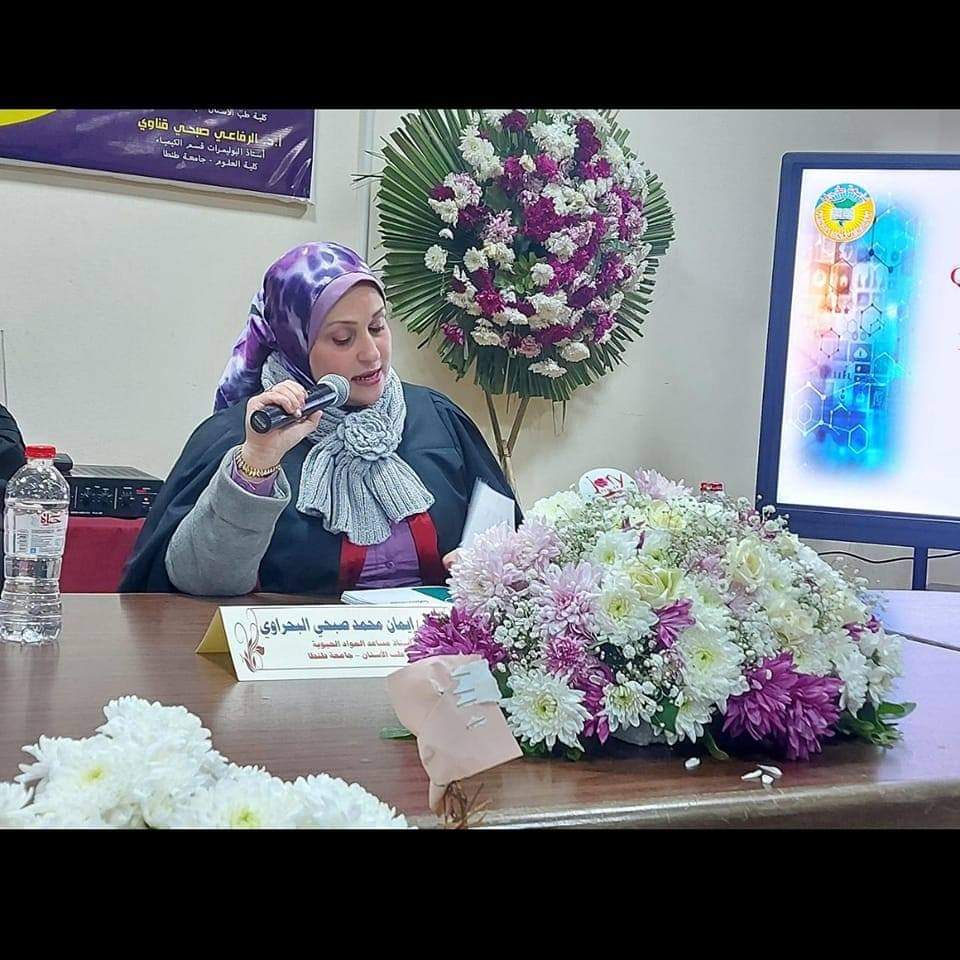
|
Effect of Alkaline Treatment with Sodium Hydroxide on Wettability and Bioactivity of Some Commercial Dental Implants: An In Vitro Study
|
|
|
Eman Elbahrawy
|
|
|
Assistant Professor of Dental Biomaterials, Department of Dental Biomaterials, Faculty of Dentistry, Tanta University
|
|
|
eman.elbahrawy@dent.tanta.edu.eg
|
|
|
1698
|
|
|
The surface of titanium dental implants plays an important role in their success. Wettability is one of the crucial surface characteristics for osseointegration. In this study, three commercial titanium dental implants are grouped by their types into 3 groups (n=10). Each group is divided into 2 subgroups (n=5) according to alkaline treatment. Each experimental specimen is immersed in 5mL of 5M NaOH solution for 24h at 60ᵒC, then put in an incubator for 24h to dry at 40ᵒC. All specimens are subjected to surface wettability test through measuring static contact angle (CA) by sessile drop technique and in vitro bioactivity test through immersion into a simulated body fluid (SBF) at 37ᵒC and 7.4pH for 7 days. Then characterized by Scanning Electron Microscope and Energy Dispersive X-ray. Student t-test is used for pair-wise comparisons. The significance level is set at p≤0.05. The alkaline surface treatment of Ti dental implants significantly enhances their surface wettability and bioactivity by formation of a porous network structure at a nano scale from sodium titanate hydrogel layer on the surface.
|
|
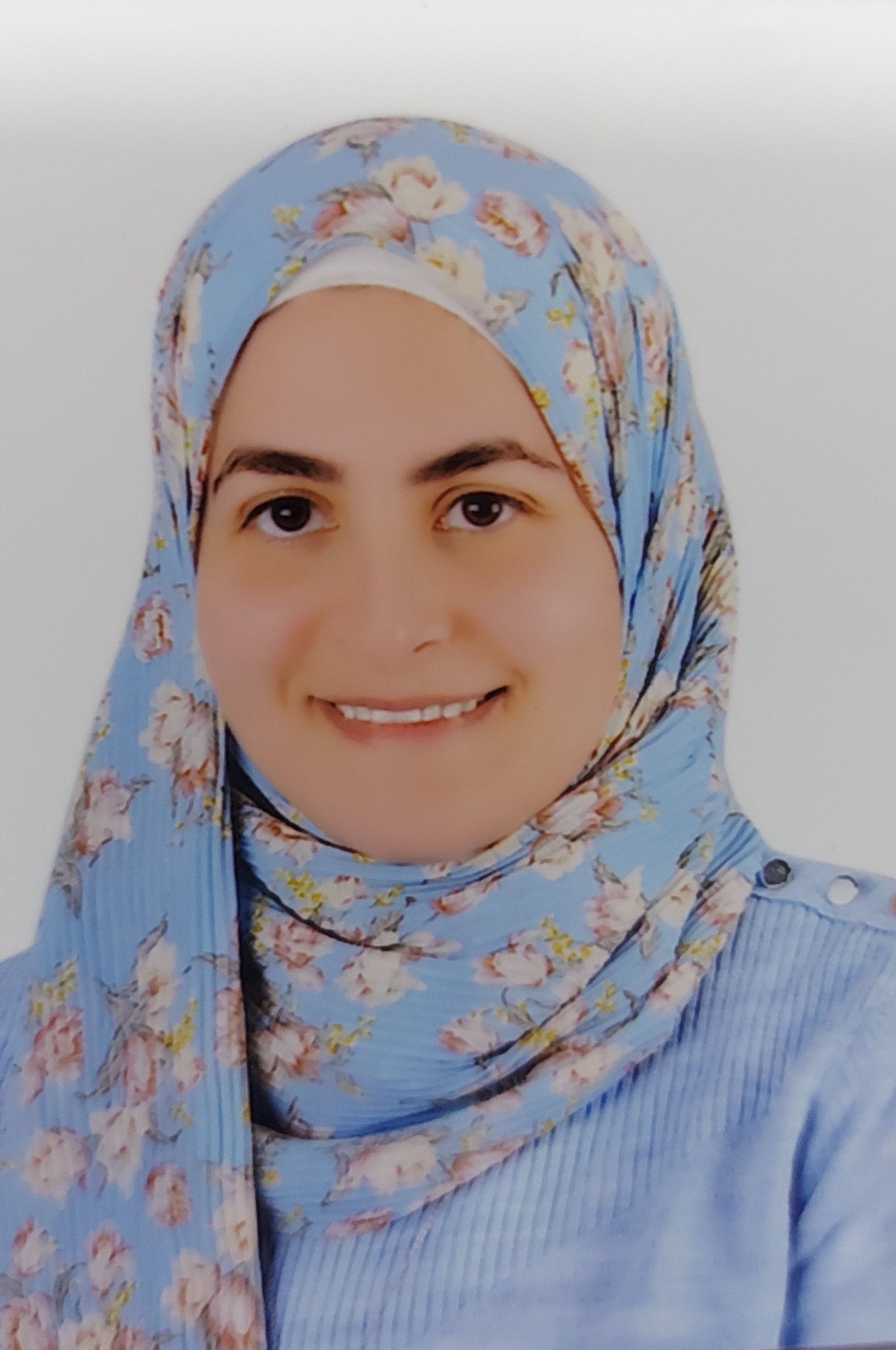
|
Evaluation of Matrix Based Therapy using ReGeneraTing Agents loaded on Gelatin /Beta Tricalcium Phosphate Sponge for the Treatment of Class II Furcation Defects.
|
|
|
Mona A EL-Meligy, Amal A Al-Hessy, Mona Y Abd EL-Razzak
|
|
|
Assistant lecturer at department of Oral Medicine, Periodontology, Oral Diagnosis and Oral Radiology Faculty of Dentistry, Tanta University, Egypt. Professors at department of Oral Medicine, Periodontology, Oral Diagnosis and Oral Radiology Faculty of Dentistry, Tanta University, Egypt.
|
|
|
shining_star662000@yahoo.com
|
|
|
1713
|
|
|
Objectives: Evaluate the efficacy of gelatin sponge loaded with beta-tricalcium phosphate with or without ReGeneraTing agent (RGTA®), clinically and radiographically in the treatment of mandibular class II furcation defects in advanced periodontitis. Materials and Methods: Twenty sites in 8 patients with mandibular class II furcation involvement were selected according to the criteria outlined by presence of class II furcation defects with ≥3 mm horizontal probing depth, clinical attachment level (CAL) ≥ 5 mm.The defects were treated either with RGTA® loaded on gelatin /β tri-calcium phosphate sponge or placebo loaded on gelatin / β tri-calcium phosphate sponge (gelatin sponge/β-TCP) in two groups (group I& group II) that blindly received one of the treatment modalities. The clinical parameters were recorded: Plaque Index (PI) pocket depth (PD), clinical attachment level (CAL) and bleeding on probing (BOP) at baseline, 6 &12 months post therapy and furcation assessment (F) at baseline & 12 months post therapy. Cone beam computed tomography (CBCT) was taken at baseline & 12 months post-surgery. The collected data was statistically analyzed at the different follow up periods. Clinical results: The results showed significant reduction in all clinical parameters in both groups without significant differences. Using CBCT, the radiographic parameters showed significant reduction in both groups with no significant difference between groups. However, the improvements were in favor of group I. It was claimed that the bottles were labelled group I contained RGTA® solution while the other bottles contained placebo solution Conclusions: Based on the results, the combination of RGTA® with gelatin sponge/β-TCP applied into the furcation as a regenerative material had a potentiating effect of the clinical and radiographic outcomes.
|
|
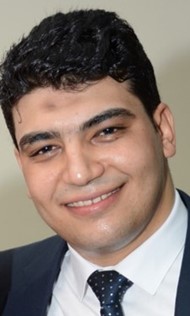
|
Prefabricated CAD-CAM Bone Blocks for Oro-antral Communication Management: A Case Report and Histological Analysis
|
|
|
Mohamed H. Helal1Sahar F. Ghoraba2
|
|
|
Mohamed H. Helal1 1. Assistant Lecturer of Oral Medicine, Periodontology, Oral Diagnosis and Radiology Dep., Faculty of Dentistry, Tanta University, Egypt. Sahar F. Ghoraba2 2. Professor of Oral Medicine, Periodontology, Oral diagnosis and Radiology Department, Faculty of Dentistry, Tanta University, Egypt.
|
|
|
mohamed.hamdy@dent.tanta.edu.eg
|
|
|
1723
|
|
|
Background: Removing a tooth from the jaw results in the occurrence of oroantral communication in beneficial anatomic conditions or in the case of a iatrogenic effect. Popularized treatments of the oroantral communication have numerous faults. Large bone defect eliminates the chance to introduce an implant.
Purpose of this work was assessment of the usefulness of Pre fabricated customized allogenic bone block in normal bone regeneration in the site of oroantral communication.
Material and Methods:
The case presents a 20-year-old healthy female nonsmoker with badly destructed upper right first molar and was referred for dental implant placement after extraction. With preoperative Cone beam Ct scan revealed large bone defect associated with communication with maxillary sinus with insufficient bone for dental implant placement.A prefabricated CAD -CAM bone block was fabricated and steralized with gamma rays and covered with non resorbable memmbrane (permamem) with mattrix sutures. The Memmbrane was removed after 4weeks and dental implant was placed after 5 months with trephining biobsy for histological evaluation.
.
Results: Closure of the oroantral communication was observed. The average width of the alveolar was 12 mm and the average height was 12.5 mm. Histological analysis Revealed Newly formed bone regeneration 48.61% new bone formation and structures of mineralized bone 5 months after surgery.
Conclusions: This method may be considered afeasible alternative to prepare alveolar for new implant and management oro antral communication at the same time.
|
|
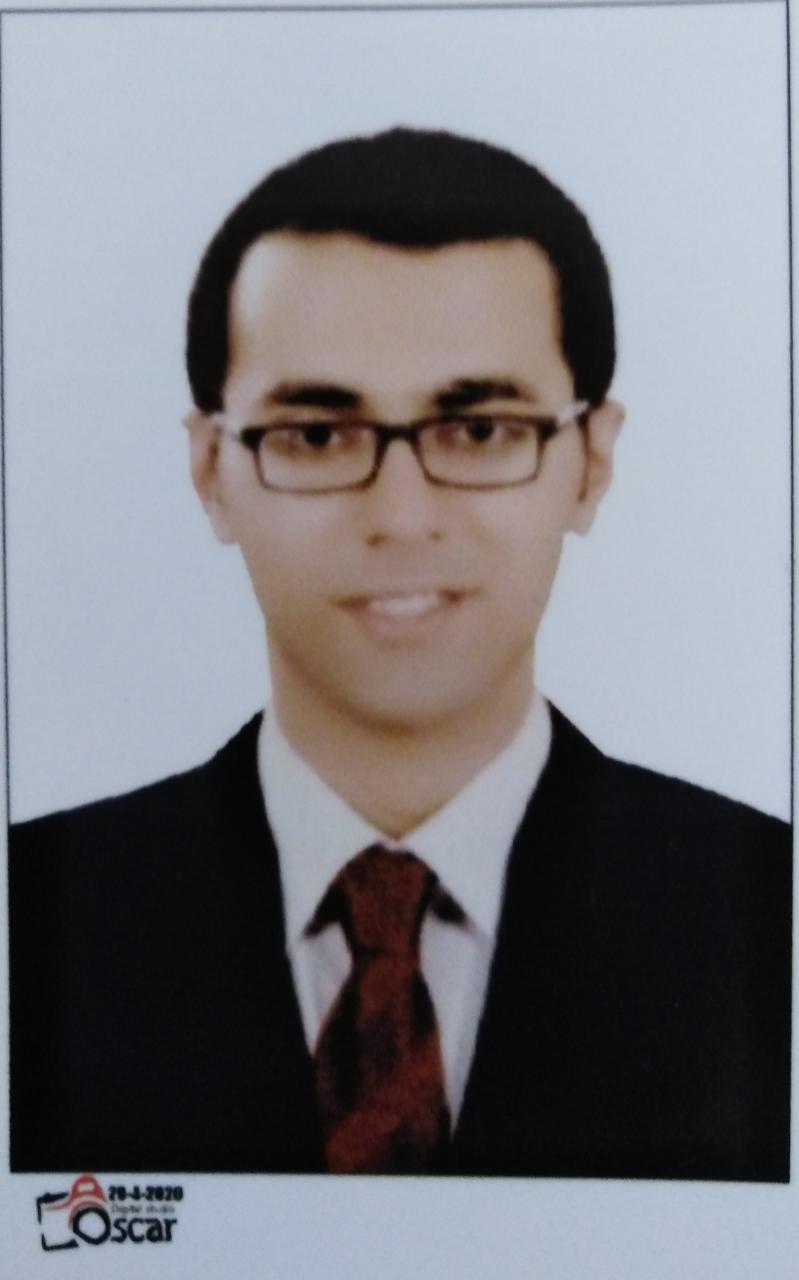
|
Resistance of Chicken Egg Shell Powder Treated Demineralized Enamel to Further Acidic Challenges
|
|
|
Abdelrahman E. Elshik, Wedad M. Etman, Thuraia M. Genaid
|
|
|
Faculty of Dentistry, Tanta University
|
|
|
Abdoooo2007@yahoo.com
|
|
|
1740
|
|
|
The purpose of this in-vitro study was to quantitatively evaluate the remineralization potential of Chicken Egg Shell Powder (CESP) solution on early demineralized enamel lesions and the resistance of the treated enamel surfaces to further acidic challenges using EDX analysis, and SEM examination.
Materials and methods: A 3 × 3 mm enamel windows were done on the buccal surface of 36 sound, freshly extracted human 1st premolars for orthodontic purposes. Specimens were randomly divided according to the period of treatment with CESP solution into 2 equal groups (18 each). Ten specimens from each group were examined throughout the steps of the study with EDX analysis for their calcium (Ca) and phosphorus (P) content. Enamel surface topography of the remaining 8 specimens was examined under SEM (2 specimens for each step). Initial enamel lesions were created by immersion of the specimens separately in 10 ml of a demineralizing solution at 37 °C for 96 hours. Specimens of group Ι were individually immersed in CESP solution once daily for 12 minutes and kept in artificial saliva at 37 °C for the rest of the day, for seven consecutive days. Specimens of group ΙΙ were treated twice daily with a twelve hours’ interval between both immersions following the cycle mentioned before. The treated specimens were then subjected to a 5 days’ pH cycling regimen consisted of demineralization for 3 hours, and remineralization for 21 hours. The collected data were tabulated and statistically analyzed.
|
|
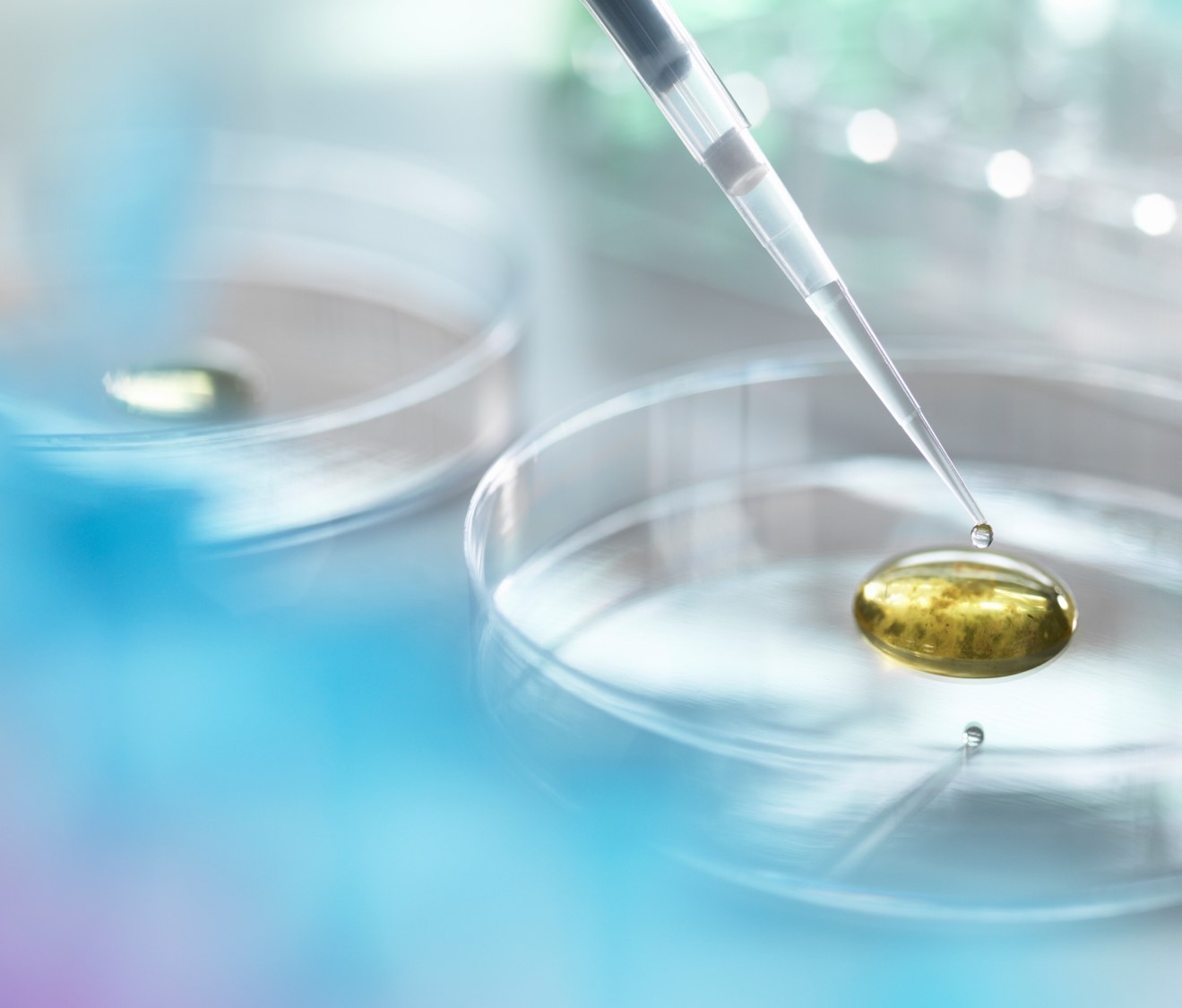
|
Clinical Evaluation of Pre-heated Versus Un-heated Bulk Fill Composite Resin in Class I Cavities
|
|
|
Abd el ghany M, Yehia H, Etman W
|
|
|
Restorative Dentistry, Faculty of Dentistry, Tanta University, Egypt
|
|
|
wedad.etman@dent.tanta.edu.eg
|
|
|
1741
|
|
|
Purpose: to clinically evaluate pre-heated versus un-heated bulk fill composite resin in Class I cavities.
Materials & Methods: Twenty patients were selected with minimum of two carious occlusal lesions in each patient. Restorations were randomly divided into two equal groups: group I (un-heated X-tra fil) and group II (pre-heated X-tra fil). Class I cavities were prepared with moderate cavity depth 3-4mm. All restorative materials were applied following manufacturers' directions. Each restoration was clinically evaluated at 24hours, 6, 9months and 1year for retention, marginal adaptation, marginal discoloration, secondary caries, surface texture and postoperative hypersensitivity using modified USPHS Criteria.
Results: Using Chi-square test, there were statistically significant differences between the both tested groups for marginal adaptation, marginal discoloration criteria (p<0.05). All restorations in both groups recorded Alpha scores except for group I after twelve months of clinical service 25% of restorations recorded marginal deterioration with Bravo score. Also, 20% of restorations of group I showed marginal discoloration with Bravo score.
Conclusion: Within the limitation of the present study, it can be concluded that pre-heated bulk fill composite resin had superior clinical performance compared to unheated one.
Keywords: Bulk fill, Composite, Preheated, Class I, USPHS criteria.
|
|
|